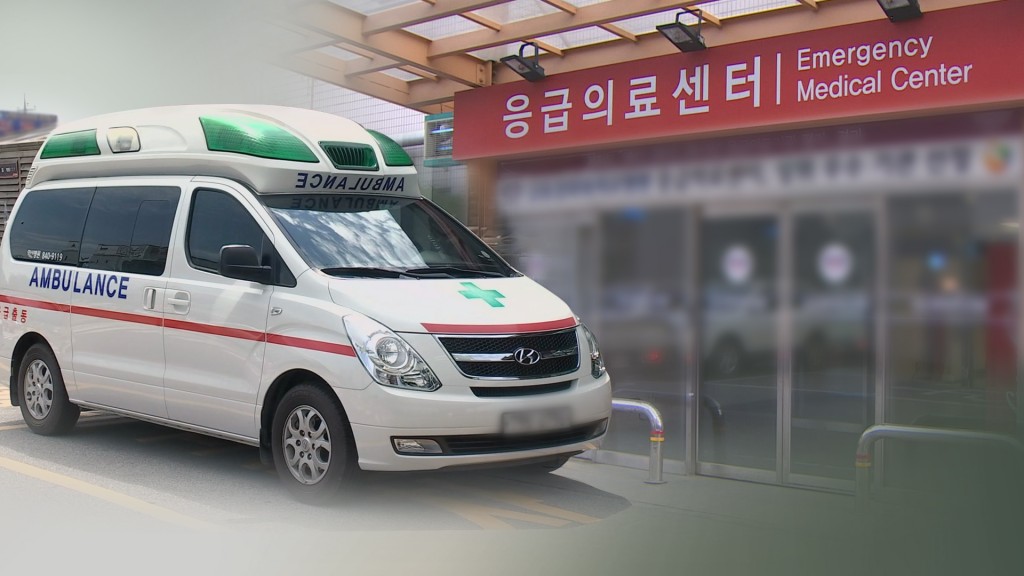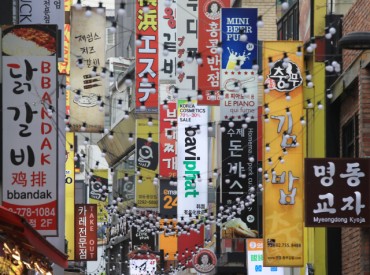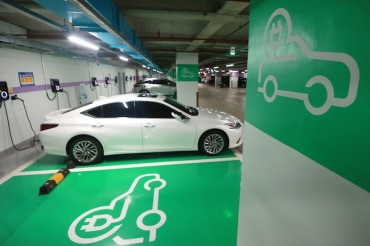
Significant variations in emergency medical center utilization rates were observed between metropolitan and rural areas. (Image courtesy of Yonhap News TV)
SEOUL, Sep. 4 (Korea Bizwire) – Regional disparities in the “standard time medical utilization rate,” which indicates the accessibility of emergency rooms or intensive care units within a specific timeframe, have been observed.
According to the “2022 Public Health and Medical Statistics” released by the National Center for Health Statistics on Saturday, the utilization rate for accessing emergency rooms within one hour in 2021 was as follows: Seoul at 90.3 percent, Incheon at 86.7 percent, and Gyeonggi at 77.6 percent. Conversely, Jeonnam was at 51.7 percent, Gyeongbuk at 53.4 percent, and Gangwon at 55.8 percent.
Notably, metropolitan cities like Daegu (91.1 percent), Busan (85.0 percent), and Gwangju (89.2 percent) also demonstrated high utilization rates for emergency medical care within the standard time.
The “within-time medical utilization rate” signifies the percentage of total medical utilization by residents of a region who accessed medical facilities within the specified timeframe.
Significant variations in emergency medical center utilization rates were observed between metropolitan and rural areas. For regional emergency medical centers with a 30-minute standard, the rates were 89.9 percent in Seoul, 80.9 percent in Incheon, and 68.8 percent in Gyeonggi, while they were notably lower at 32.5 percent in Jeonnam, 40.8 percent in Gyeongbuk, and 44.0 percent in Gangwon.
For regional emergency medical centers with a 90-minute threshold, the utilization rates within this timeframe were 96.3 percent in Seoul, 95.6 percent in Incheon, and 92.4 percent in Gyeonggi, but substantially lower at 50.2 percent in Chungnam, 60.1 percent in Gangwon, and 60.4 percent in Jeonnam.
Regarding intensive care units (ICUs), the utilization rates were 93.3 percent in Seoul, 85.8 percent in Incheon, and 78.3 percent in Gyeonggi, contrasting with 45.7 percent in Gangwon, 46.0 percent in Chungnam, and 46.1 percent in Jeonnam.
Utilization rates within 180 minutes at tertiary hospitals, considered the “last resort,” were 99.0 percent in Seoul, 98.3 percent in Incheon, and 98.5 percent in Gyeonggi. In contrast, the rates were notably lower at 52.4 percent in Sejong, 52.2 percent in Jeonnam, and 59.5 percent in Gyeongbuk. Remarkably, Jeju Island, which lacks a public hospital, reported a rate of 0 percent.
Additionally, the accessibility rate within 60 minutes for obstetrics and gynecology services was highest in Seoul at 95.6 percent and lowest in Gangwon at 38.1 percent. For pediatrics within the same timeframe, Seoul recorded a rate of 96.1 percent, while Gangwon was at 44.0 percent.
M. H. Lee (mhlee@koreabizwire.com)






